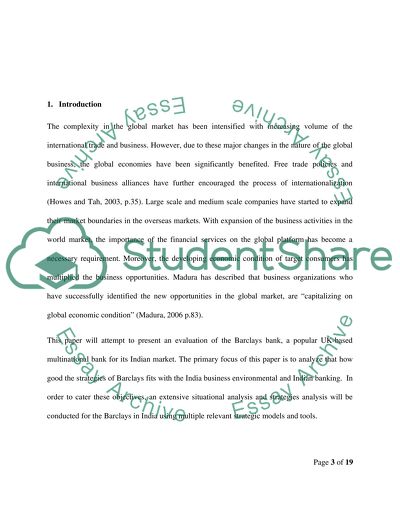Cite this document
(“Barclays bank report Essay Example | Topics and Well Written Essays - 2000 words”, n.d.)
Retrieved from https://studentshare.org/environmental-studies/1416495-barclays-bank-report
Retrieved from https://studentshare.org/environmental-studies/1416495-barclays-bank-report
(Barclays Bank Report Essay Example | Topics and Well Written Essays - 2000 Words)
https://studentshare.org/environmental-studies/1416495-barclays-bank-report.
https://studentshare.org/environmental-studies/1416495-barclays-bank-report.
“Barclays Bank Report Essay Example | Topics and Well Written Essays - 2000 Words”, n.d. https://studentshare.org/environmental-studies/1416495-barclays-bank-report.


